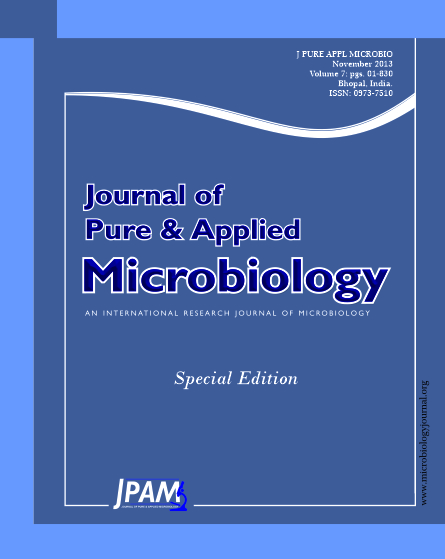Nitric oxide (NO) and salicylic acid (SA) are well known as signaling and ubiquitous bioactive molecules that play a key role in tolerance of plant to abiotic stress by regulating the various plant cellular mechanisms. Therefore, the present experiment was conducted to study the interactive effect of NO and/or SA in tolerance of wheat (Triticum aestivum L. cv. Samma) under cadmium (Cd) stress. The results indicated that plants grown in Cd-containing medium exhibited reduced growth characteristics ( plant height, fresh weight, dry weight and leaf area), carbonic anhydrase activity and content of essential nutrients [nitrogen (N), phosphorus (P) and potassium (K)] nutrients and chlorophyll (Chl) a and b by enhancing MDA and Cd accumulation. However, combined application of NO and SA was more effective in suppression of deleterious effect of Cd stress by inducing the activities of enzymes [carbonic anhydrase (CA), superoxide dismutase (SOD), peroxidase (POD) and catalase (CAT)] and accumulation of osmoprotectant (Pro) and by maintaining nutrients homeostasis, leading to the reduction of MDA accumulation and improvement of photosynthetic pigments (Chl a and Chl b) resulted in a better plant growth performance under Cd stress. The present study revealed that application of both NO and SA together improved the plant growth and development by reducing formation of reactive oxygen species by improving antioxidant enzymes and CA activity and balance supply of nutrients.
Cadmium stress, Nitric Oxide, Salicylic acid, Photosynthetic pigments, Essential nutrients, Carbonic anhydrase, Antioxidant, Triticum aestivum
© The Author(s) 2013. Open Access. This article is distributed under the terms of the Creative Commons Attribution 4.0 International License which permits unrestricted use, sharing, distribution, and reproduction in any medium, provided you give appropriate credit to the original author(s) and the source, provide a link to the Creative Commons license, and indicate if changes were made.


